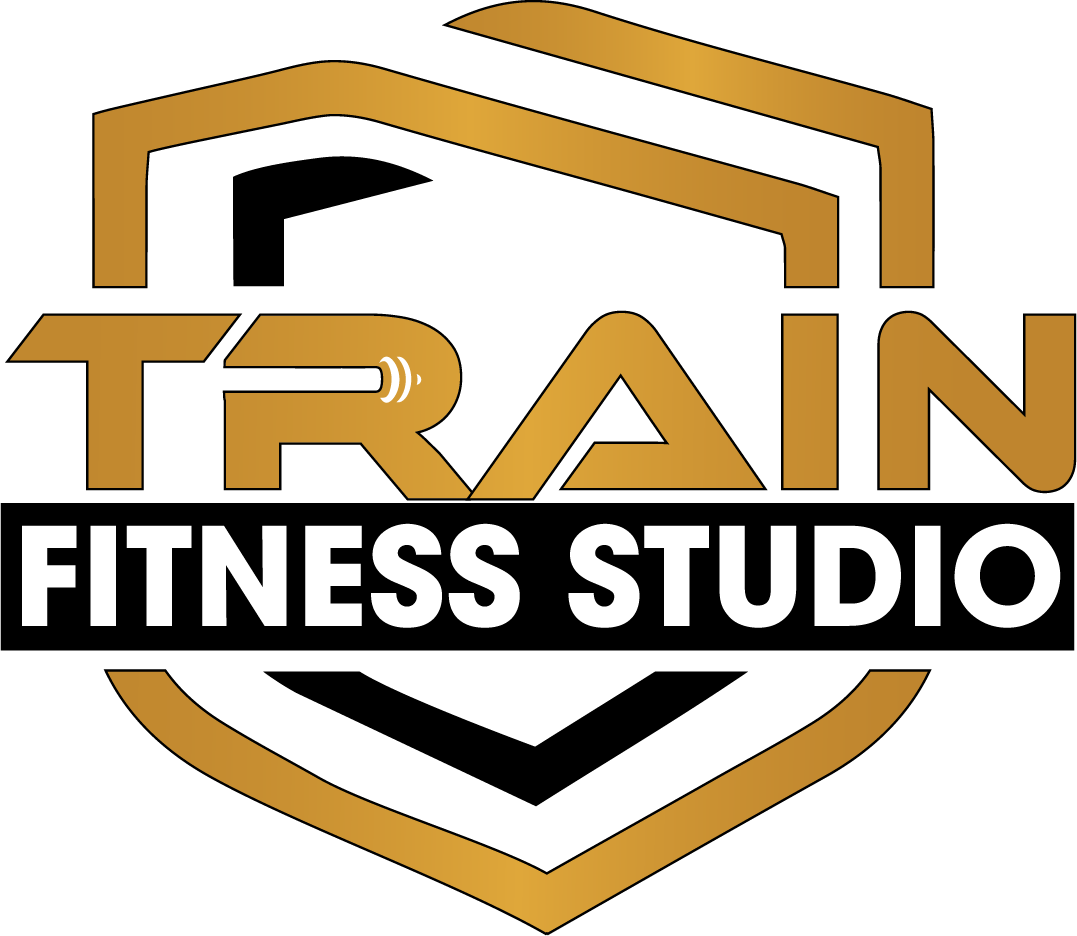Why you should work out as little as possible
Google Query:
How long do you have to work out in order to get a workout?
Answer: It depends.
There's a line in the movie 'Chinatown' where Jack Nicholson's character is asked what he did when he was a Cop back in Chinatown.
'As little as possible.' he deadpans.
Seems like a harmless quip from a lazy ex cop, but the line is nuanced. I'll let screenwriter Robert Towne explain (from the DVD commentary):
"The title came from a Hungarian vice cop, and he'd said he'd worked vice, and he'd worked in Chinatown. I asked him what he did, and he said 'as little as possible'. And I said what kind of law enforcement is that? He said 'hey man, when you're down there with the different dialects you can't tell who is doing what to who, and you can't tell if you're being asked to prevent a crime or you're inadvertently using the law to help commit one'."
As little as possible. Savvy.
Let me circle back to my point. The ideal length of a workout: as little as possible.
It's not lazy; it's smart.
Nuanced.
The industry disagrees. Their overwhelming answer is 1 hour. Classes and sessions are inevitably an hour long. Why 1 hour? Commerce. We can sell 1 hour blocks. It's a nice round number. You can pack some value into a one hour session. It's simple. It's clean. Most people never question it. Some numbers just make sense, like top 5 (not 4 or 6) or top 10 (not 9 or 11). 1 hour fits.
But let's face it. Not everyone is ready to work out that long. And just because you can work out for an hour doesn't necessarily mean you should. Take that from someone who is a serial over-trainer (of myself). I often work out for :30 or :45 minutes and wonder: was that enough?
Science says it is. A recent article in the Washington post says that even 10 minute workouts are worthwhile.
Distance runners know about the law of diminishing returns. Your running improves drastically when you graduate from running 10 miles a week to 20. A little less when you move from 20 to 30. Each time you step up your mileage you will improve, but each improvement is a smaller than the previous until you reach a point where you no longer improve. You're just running empty miles. They aren't making you faster, or sharpening your speed.
You want to find that sweet spot.
Another analogy: Movement is medicine. When taking medicine you take the minimal effective dose. One oxy gets you out of pain, 10 oxy... You get my point.
Same concept for exercise (withmuchless dire consequences).
You're not lazy. You're smart. You're not working out to make the 2024 Olympics. You're working out to feel good, get strong, and look better naked. Sometimes that means you work out for an hour, sometimes that means 20 minutes.
Find the sweet spot. No need to overdo it. The most important thing is that you workout.
As little as possible...
and consistently. Do something, however small, every day.
And now for my shameless business plug. When I worked in a box gym I sold hours (for reasons detailed above). 70 year old arthritic client- 1 hour. Post surgery client- 1 hour. There were several clients who were overworked because the biz mandated we sell hours.
Independent trainers (like the ones I work with/for at Train) can adapt their schedule to accommodate your ability level. Our focus is on the quality of the session, not the billable hour. Every week I put clients through :30, :45 and :60 minute sessions.
We do what is right for the client.
It sets you up for success. It sets us apart.
